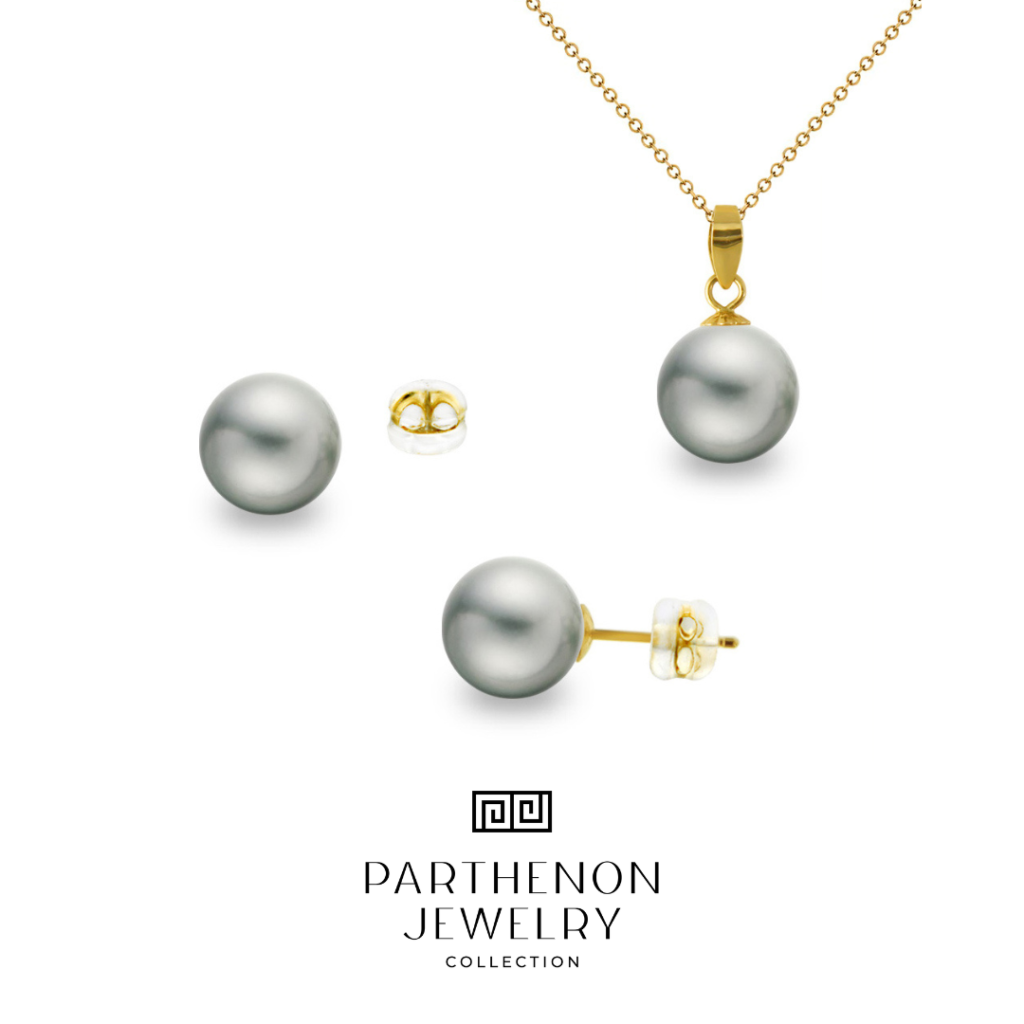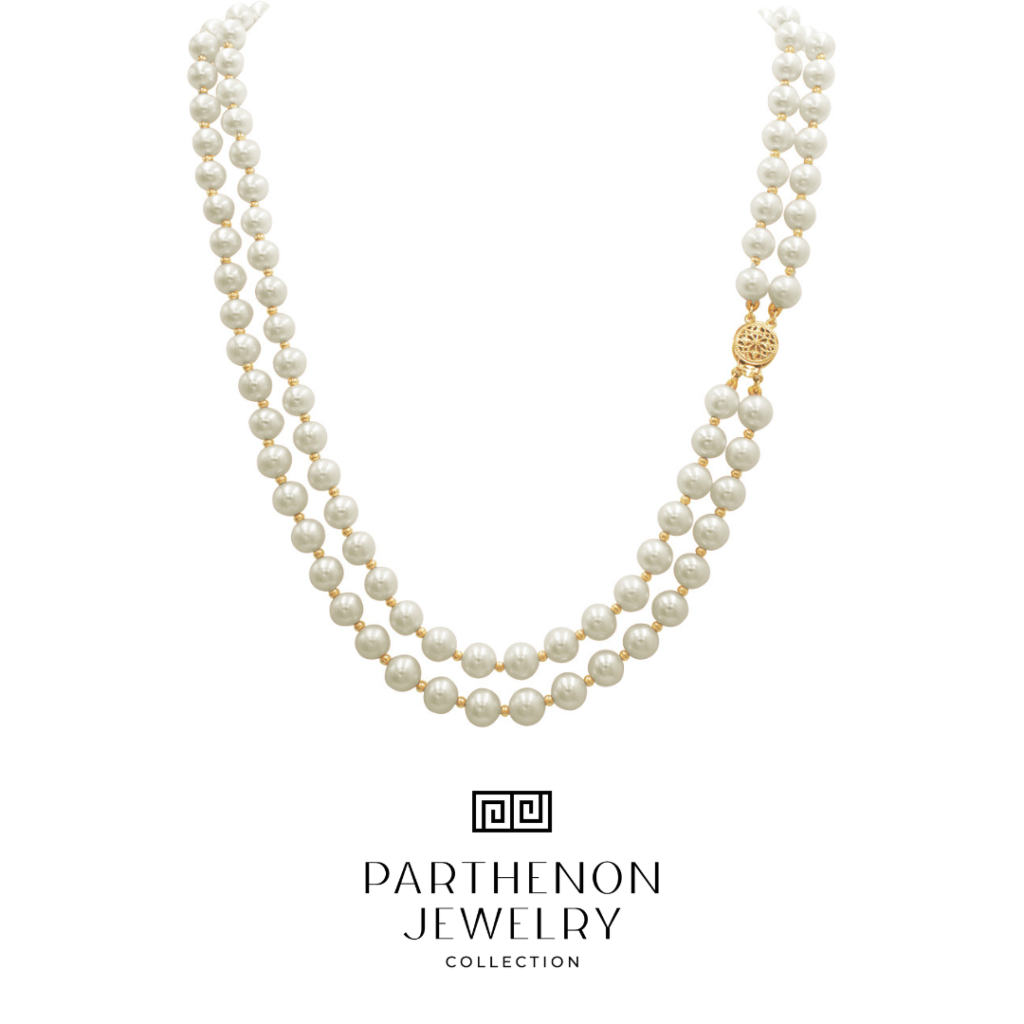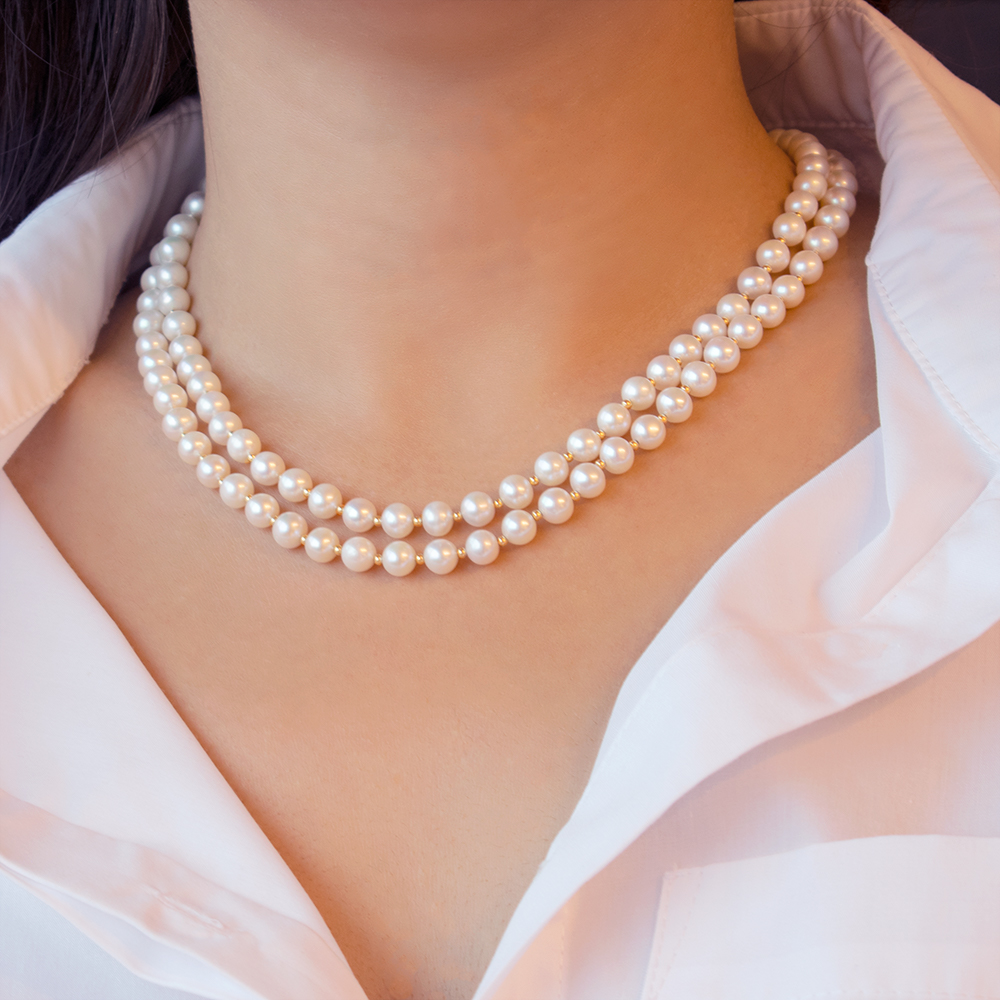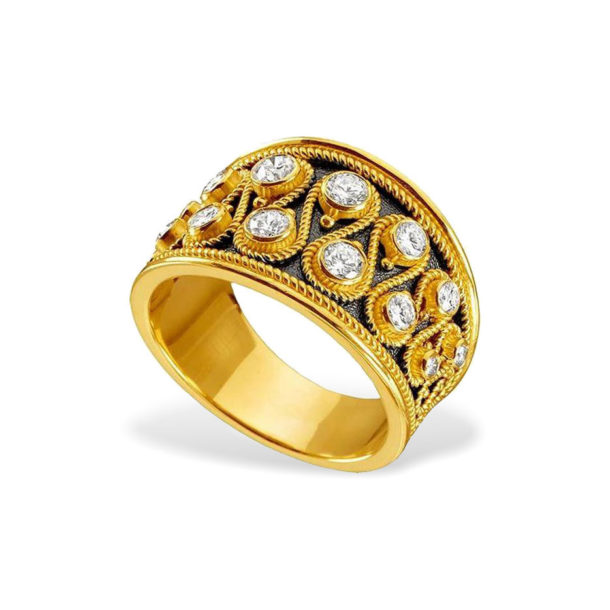We’re diving into the mesmerizing world of pearls today, and boy, do we have a pearl of wisdom to share with you! From their natural origins to the different types and how to care for them, we’ll uncover everything you’ve ever wanted to know about these lustrous gems that have been cherished for centuries.
Marvel of Mother Nature
Let’s begin at the beginning, shall we? Pearls are a marvel of nature, a result of oysters, mussels, and other mollusks working their magic beneath the waves. They’re not just any old gemstone; they are the only gem created by a living organism. Imagine that! A tiny irritant, like a grain of sand, slips inside a mollusk’s shell, and over time, layers of nacre form around it, creating a pearl. It’s like nature’s way of turning a hiccup into something truly extraordinary.
Pearl Varieties: Saltwater vs. Freshwater
You might have heard the terms “saltwater pearls” and “freshwater pearls” thrown around. Well, let’s demystify these distinctions for you.
Saltwater Pearls: These gems are often associated with luxury and elegance. They are produced by oysters in oceans and seas. Akoya pearls from Japan, Tahitian pearls from French Polynesia, and South Sea pearls from the South Pacific are some of the most coveted saltwater pearls in the world. They come in a range of colors, including classic white, creamy pink, and shimmering black.
Freshwater Pearls: Don’t let their name fool you; freshwater pearls can be just as stunning as their saltwater counterparts. They are produced by mussels in rivers, lakes, and ponds. China is a powerhouse in the freshwater pearl industry, producing a wide variety of colors and shapes. Thanks to their affordability and charm, freshwater pearls have gained immense popularity.

Types of Pearls
Now that we’ve got the saltwater vs. freshwater debate settled, let’s explore some different types of pearls.
Akoya Pearls: These beauties are known for their classic round shape and stunning luster. They’re often used in elegant jewelry pieces like necklaces and earrings. If you’re going for that timeless, sophisticated look, Akoya pearls are your go-to.
Tahitian Pearls: Get ready to be swept away by the exotic allure of Tahitian pearls. They’re famous for their mesmerizing dark hues, which range from deep black to peacock green. If you’re after a touch of mystery and elegance, Tahitian pearls are the way to go.
South Sea Pearls: When it comes to size and luxury, South Sea Pearls steal the show. These gems, produced by the Pinctada maxima oyster, can grow to be impressively large. Their soft, satiny glow and range of colors make them the ultimate choice for those who appreciate opulence.
Freshwater Pearls: The darling of the freshwater world, these pearls come in various shapes and colors. They’re perfect for those who love a touch of whimsy and uniqueness in their jewelry.

Pearl Quality: The 5 Virtues
Now, let’s get into the nitty-gritty of what makes a pearl truly outstanding. When it comes to assessing pearl quality, we rely on the five virtues:
Luster: A pearl’s luster is its shine, its glow, its inner radiance. High-quality pearls have a mirror-like surface that reflects light beautifully. The stronger the luster, the more desirable the pearl.
Size: Bigger isn’t always better, but in the world of pearls, size does matter. Larger pearls are rare and highly sought after, especially in South Sea and Tahitian varieties.
Shape: Round pearls are the most sought-after due to their timeless elegance. However, pearls come in various shapes, including baroque, drop, and button. It all depends on your style.
Color: The color of a pearl can vary greatly, from creamy whites to vivid pinks and dark blacks. The most valuable pearls often exhibit a strong, pure hue.
Surface Quality: A smooth, blemish-free surface is a sign of a high-quality pearl. Minor imperfections may be acceptable in some cases, but flawless pearls command top dollar.

Caring for Your Precious Pearl Collection
Your pearls are like your babies; they need some TLC. Here are some tips to keep them looking their best:
Avoid Chemicals: Pearls are sensitive to chemicals, so keep them away from perfumes, cosmetics, and hairspray. These can dull their luster over time.
Clean Gently: If your pearls start losing their shine, gently wipe them with a soft, damp cloth. Use a mild soap solution sparingly if needed. Never soak pearls; they absorb water and can become damaged.
Store Separately: Pearls are soft and can be easily scratched by other jewelry. Store them in a separate pouch or lined jewelry box to prevent damage.
Wear Often: Believe it or not, wearing your pearls can help maintain their luster. The natural oils from your skin can keep them looking fresh.
Restringing: Pearl strands may need to be restrung over time, especially if you wear them frequently. Check for signs of fraying or stretching and have them restrung by a professional jeweler.

Value Your Pearl Collection
You might be wondering, “Are pearls a good investment?” Well, it depends on how you look at it. While pearls may not appreciate in value like some other gemstones, they hold immense sentimental and historical value. They’re timeless pieces that can be passed down through generations, making them priceless in their own right.
However, some exceptional pearls, like the natural pearls of yesteryears, have become collectors’ items and can fetch astronomical prices at auctions. So, if you happen to stumble upon a vintage pearl treasure, hold onto it!
The Future of Pearl Industry
As we move into the future, the pearl industry is evolving. Sustainable pearl farming practices are gaining ground, ensuring that the natural beauty of pearls can be enjoyed for generations to come. Cultured pearls have become more accessible, allowing people from all walks of life to own and cherish these precious gems.

Find your Pearl
Whether you’re a seasoned pearl enthusiast or just starting your journey into the world of pearl collection, we hope this exploration has shed light on the timeless allure of these magnificent gems. From their humble beginnings as nature’s response to irritation to their status as symbols of elegance and beauty, pearls continue to capture hearts and inspire awe.
So, next time you put on that strand of pearls, remember the incredible journey that brought them into your life. May you wear them with the grace, elegance, and appreciation they deserve.
Keep shining as brightly as your pearls!
Pearl History Facts
From ancient civilizations to European royalty, pearls have symbolized luxury, purity, and power. Pearls are among the world’s oldest and most coveted gemstones. People admiration for this tiny miracle dates back to ancient civilizations like Egypt, Mesopotamia, and China, where they were worn as symbols of wealth, status, and purity.The Renaissance and Age of Exploration further elevated their status, with Queen Elizabeth I and Spanish explorers adorning themselves with these lustrous gems.
The advent of cultured pearls in the 20th century, pioneered by Kokichi Mikimoto, revolutionized pearl production, making them more accessible. Today, pearls continue to be revered for their timeless elegance and versatility in jewelry. They symbolize purity, wisdom, and femininity, often gracing special occasions like weddings. Whether natural or cultured, pearls are enduring treasures, transcending cultures and symbolizing nature’s timeless charm.
Find unique and precious gifts for your loved ones in Parthenon Jewelry Collection.

